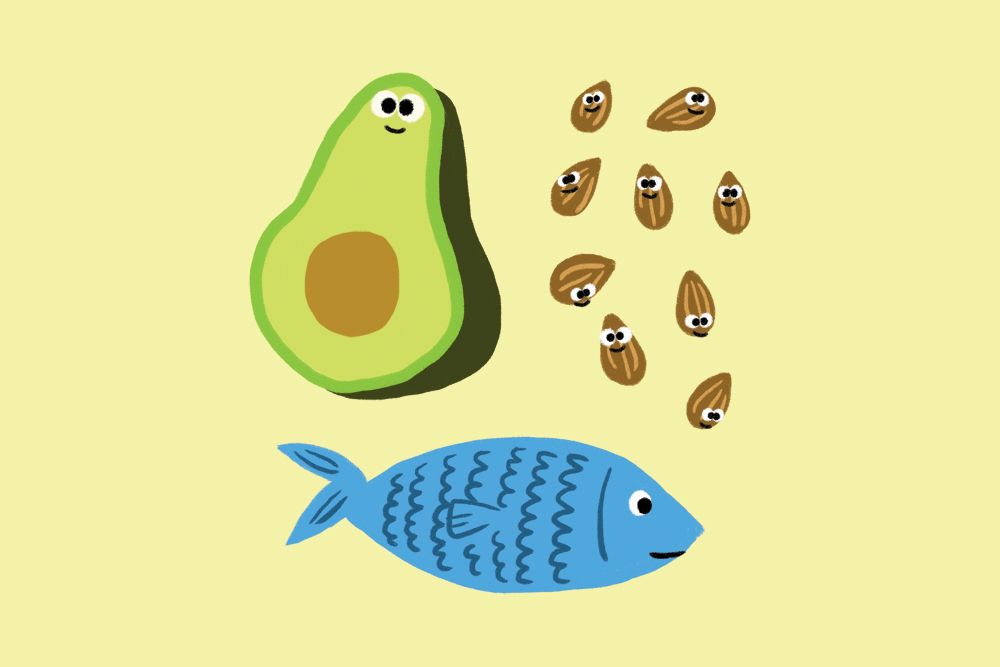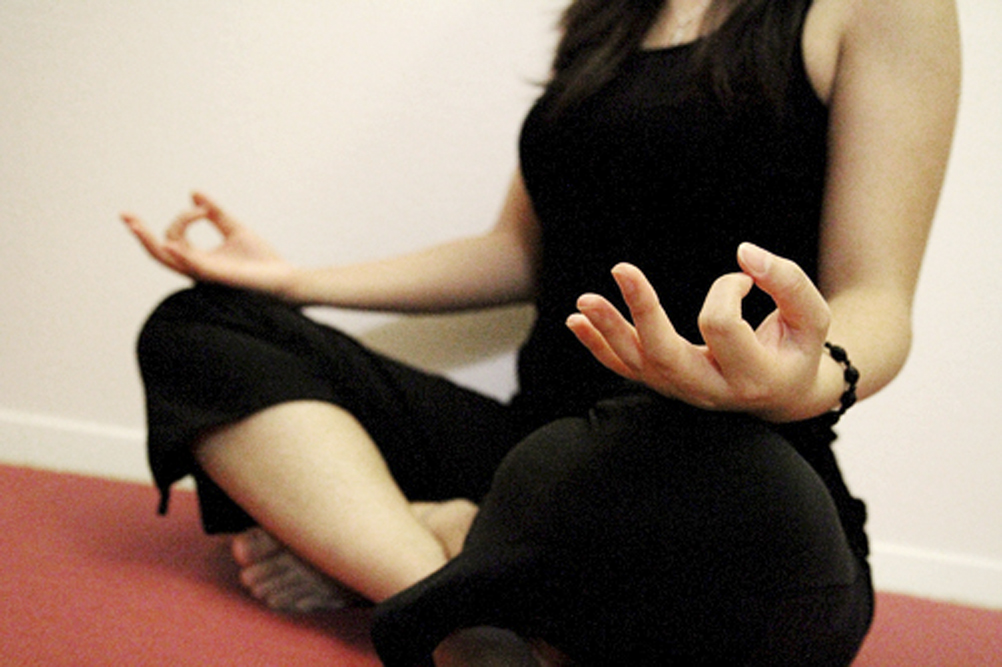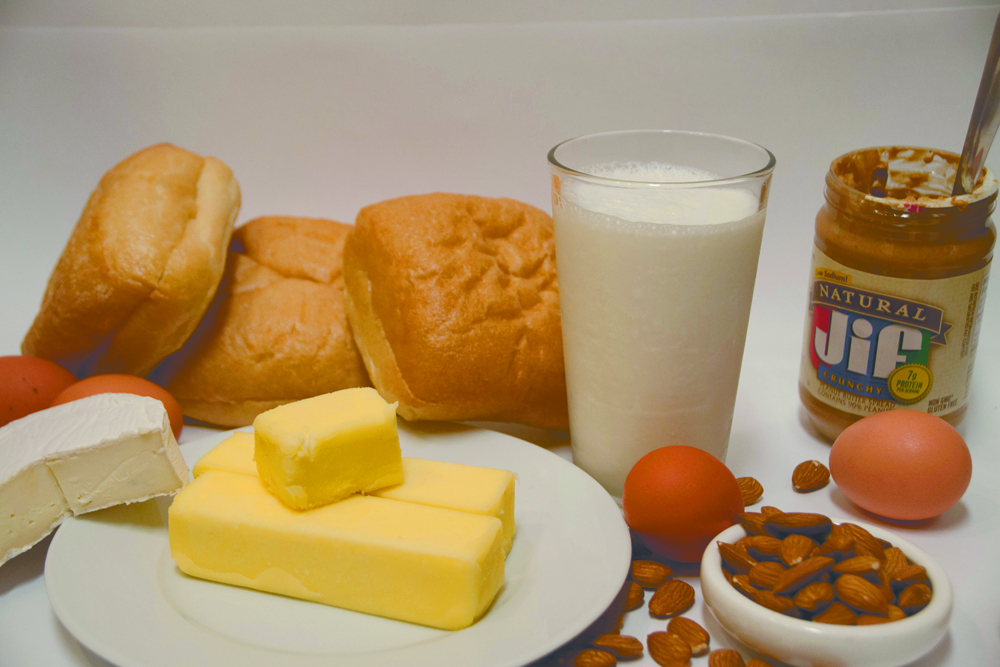So the new year is here and you’ve made a commitment to a healthier lifestyle. For weeks you’ve lingered over the holiday cheeseballs and chocolates, and an extra twenty pounds of butter now lingers around your waistline. Not to worry, solutions to help you lose that muffin top and get in shape abound.
The honest and straightforward formula for sculpting a leaner, healthier body is simple: intake fewer calories than you burn. That is the only way to lose weight.
“You have to short yourself 3,500 calories to burn off a pound of fat,” said Dr. Mark Bajorek, director of Health Services for Portland State’s Center for Student Health and Counseling. “Aim for half to one pound per week of weight loss. More aggressive dieting is associated with more frequent failure.”
However, caloric intake needs change according to caloric output. For example, a woman who runs 20 plus miles per week and weighs 115 pounds has different caloric demands than a weightlifter who trains in the gym for an hour at a time, four times a week and weighs 210 pounds. The same is true for the overweight twenty-something college student who only exercises his thumbs but sets a goal of living healthier.
For long-term success and real change, think smarter and healthier.
“Small changes are more likely to give sustainable results,” Dr. Bajorek said. “If you frame things as ‘denying yourself certain things,’ you’re more likely to fall out of the new healthy habit.”
Experts advise doing away with any thoughts of quick fixes or fad diets. Those who are successful maintaining long-term changes in body composition take on a mindset, a change in attitude. Begin to see food as your fuel source, your means of nutrient delivery, not as comfort or as a social tool.
“Identify if you need fuel, or is it just boredom, anxiety, sleepiness, avoidance of studying or just a go-to habit with family, friends or activities,” Dr. Bajorek said.
But there are so many prescriptive diet plans out there, and each has its own benefits and challenges. Here is an overview of a few popular diets:
The Mediterranean diet features legumes such as chickpeas and lentils, as well as heavy consumption of nuts. Fresh fish and poultry are encouraged in moderate amounts, while red meat is rarely eaten. Red wine is endorsed in moderate amounts for its antioxidants. Substitute sugary desserts with fresh fruits.
The end product is a lean, heart-healthy torso with arteries so clean that your little blood cells will be slippin’ and slidin’ like happy kids at a water park.
The Mediterranean diet gets most of its caloric fat from olive oil as opposed to saturated fats.
“Fats can be good. Avocados and almonds provide good fats,” said Chris Hill, fitness manager at 24 Hour Fitness in Portland. “Salmon has a lot of Omega-3s, which helps brain function, is good for hair, skin and nails too.”
The Paleo diet mimics what we believe our ancestors would have eaten in a purer, pre-industrialization utopia.
“The Paleo diet gets rid of the processed foods,” Hill said. “It’s higher protein, higher fats, lower on the carbohydrate scale.”
This plan endorses natural, whole foods, which can greatly reduce instances of degenerative diseases such as cancer or diabetes.
“The Paleo diet’s use of nuts, roots and berries is great,” Dr. Bajorek said. “Stick to the allotted calories by age/activity recommendations unless you have a significant training component.”
The Paleo plan is similar to the Mediterranean in that its fats are derived from nuts, olive oil, fish oils and grass-fed meats. The Paleo diet encourages people to avoid dairy, processed foods, starches and alcohol. The higher protein content in the plan can be appealing to those who exercise with intensity.
The vegan diet eliminates any consumption of animals or animal products.
“Vegans generally are vegan for one of three reasons: personal health, the welfare of animals otherwise eaten and/or raised in captivity, and the ecological impact of eating meat,” said Dinae Horne, chef/owner of Portobello Restaurant.
A vegan diet draws its protein from plant-based products: beans and nuts. The creativity and commitment aspect comes into play when learning to cook without butter, milk or any animal product—even honey. For this reason, the vegan lifestyle might take the prize for highest level of determination.
“Vegan diets really cut down on heart disease,” Dr. Bajorek said. “It’s still about reasonable quantities and making sure to get enough vitamins and nutrients.”
With so many choices and plans available, what works? The simple truth is that it depends on your unique nutritional needs, lifestyle, philosophy and attitude, but here some tips from the pros to help you succeed:
Planning: “It’s the execution aspect. Plan ahead each day,” Hill said. “Spend the extra five or ten minutes in the morning or the night before to plan ahead so that when you are in a time crunch you don’t go all day without eating or use a vending machine. Having food ready and available in your backpack or car provides good food sources and keeps the metabolism going.”
Approach: “Stop cleaning your plate. Much successful weight loss is through portion control,” Dr. Bajorek said. “What would it be like to eat just half this sandwich? In addition to looking at types of foods, look at quantities of foods. Aim to be about 70 percent full; after eating, give it an hour. If you’re still hungry, consider an apple.”






